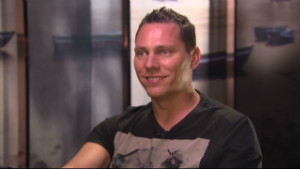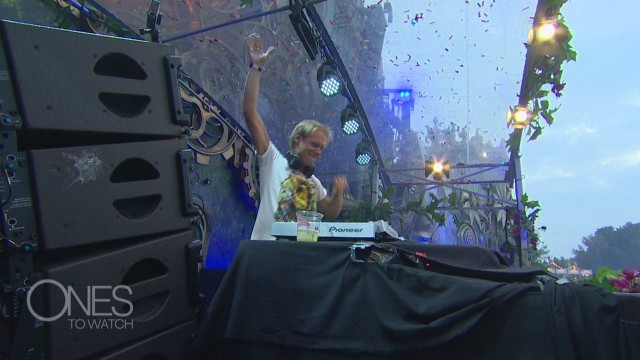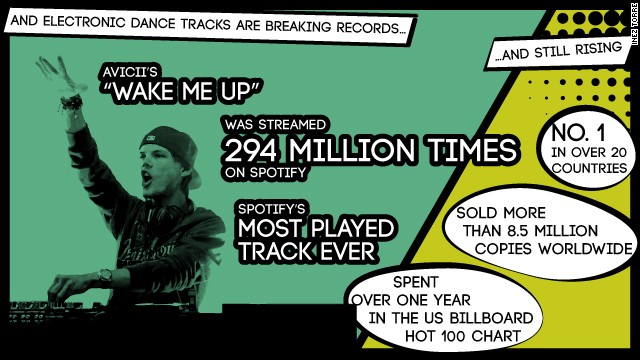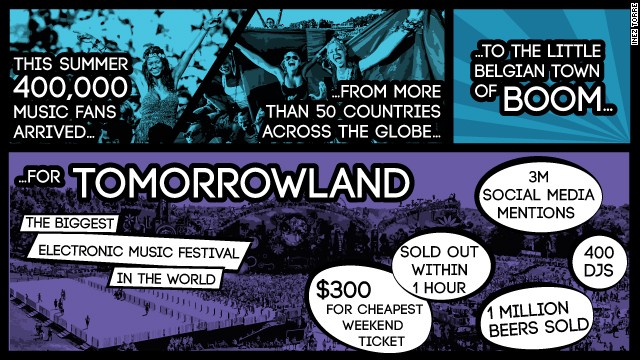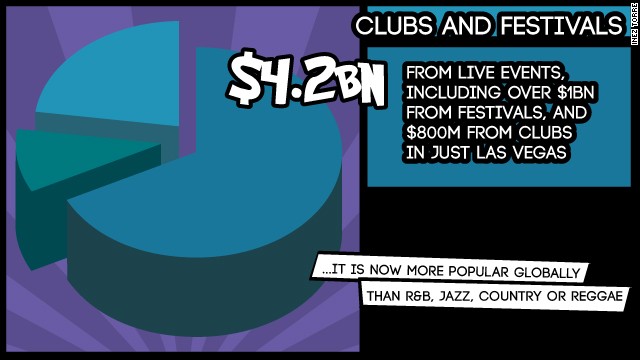When Coca-Cola signed on as an initial sponsor for Fox's "American Idol" back in 2002 for $10 million, it was considered a huge coup.

At the time, Coke's cachet was lagging.Pepsi had just won National Football League rights over Coke and was successfully targeting younger consumers by utilizing pop stars like Britney Spears to promote its brand. Then Pepsi famously passed on sponsoring "Idol" in its first season and Coke jumped at the opportunity.
The rest is history.
"American Idol" far exceeded expectations, averaging 12.7 million viewers in that first season when it aired during the sleepy summer months, prompting Fox to move it to its regular season.
The show "brought Coke to viewers young and old alike, as 'Idol' at the time had a younger-than-average median age for primetime and was one of the few shows that truly crossed generations," said Billie Gold, VP-director of buying and programming research, Carat. "Not only was Coke prominently displayed everywhere in the show, but it had top pop icons sitting behind their cups and promoting them, which was something Pepsi was known for."
Coke's giant red cups became as much a part of the reality singing competition as the table of judges or host Ryan Seacrest. The 13-season partnership included the branding of the show's green room into a "red room"and its "Perfect Harmony" program, which enlists fans to write a song to be performed by a pop star in the finale. Coke also routinely used "Idol" to launch new ad campaigns like the ongoing "Open Happiness" effort, which broke during an episode in early 2009.
Coca-Cola's decision to end its partnership with "American Idol" signals another blow to the sagging TV show and closes a significant chapter in the cola wars.
What made the deal stand apart was its breadth, said Jim Andrews, senior VP-content strategy at sponsorship consultancy IEG. Coke, he said, treated it almost like a major sports sponsorship. "It was more than just product placement," he said. "Over the years they used it as a promotional platform. So they were doing retail promotions around 'American Idol' like they would do around a sports sponsorship [like] the NFL or Olympics," he added. "It was a hybrid and it was one of the earlier and bigger ones."
The deals "Idol" cut with advertisers, including AT&T and Ford, advanced the use of product placement across TV.
"That deal was cited more than any others, with clients saying 'I want to do an integration like Coke in 'American Idol,'" said David Campanelli, senior VP-director of national broadcast, Horizon Media.
What made this such a pioneering deal was Coke's ability to get in on the ground floor and discover a hit in a genre that up until that point hadn't really existed, Mr. Campanelli added.
It also allowed Coca-Cola and other sponsors the opportunity to extend their brand beyond the TV screen, through merchandise, national tours and music sales. And it provided brands with access to rising talent who interacted with the product in a fairly organic way, said Eric Levin, senior VP-group client director, Spark.

Coke became such a key part of the show that its ubiquitous cups even went on tour as part of roving bus/tour museum dedicated to the show called "Idol Across America"alongside Randy Jackson's boots and Season 7 winner David Cook's guitar.
But "American Idol" has lost its luster in recent years as ratings declined precipitously. The emergence of rival singing competition shows, like NBC's "The Voice," has stolen viewers, and the sheer age of "Idol" has created viewer burnout.
"Idol's" most recent season finale averaged 10.1 million viewers, down 27% from the season prior. In its heyday, "Idol" regularly attracted an average of 30 million viewers. Its most-watched finale, the Season 2 showdown between Clay Aiken and Ruben Studdard, brought in 38 million people.
Fox is now cutting back on the number of hours it airs the show. "American Idol" will start the season on Jan. 7 airing two nights a week, then eventually go to a single weekly episode that includes both performances and results.
Once one of the costliest shows for advertisers, a 30-second spot in season 14 of "Idol" is now averaging around $225,000 to $250,000, according to Ad Age's annual pricing chart, with some agencies noting they are still paying more than $300,000. This is a far cry from the $500,000 or so advertisers spent in 2011.
Coca-Cola has appeared to lean less on "Idol" as an ad platform, according to measured-media spending figure estimates from Kantar Media. In the first nine months of 2014, the company spent $18.5 million in measured media on all of its brands during "Idol" programming, compared with $37.6 million for all of 2013, according to the most recent Kantar figures. In 2010, the marketer spent $63.2 million, according to Kantar. Those figures do not include sponsorship fees.
Coke's decision to pull the plug on the sponsorship comes as the beverage giant is poised to make a $250 million to $350 million incremental media investment globally in 2015, as Chief Financial Officer Kathy Waller outlined on Monday during a call with analysts. In North America, spending decisions will be driven by a new team of executives, including Emmanuel Seugue, who on Jan. 1 will move from a global role to become senior VP-content in North America. He will report to Wendy Clark, who on June 1 became president-sparkling and strategic marketing in North America.
When Ms. Clark announced Mr. Seuge's appointment in November, she made a point of saying that music content is "the most-watched form of all online content," and that Mr. Seuge would be charged with helping to "harness" the growing role of content.
Coca-Cola this week did not elaborate on how it would replace the "Idol" spending. A spokeswoman said the marketer would "venture into new spaces and pursue other opportunities to connect with teens and leverage music as a passion point."
Tom Pirko, managing director of food and beverage consultancy Bevmark, compared Coke's "Idol" partnership to catching a wave. When the show was hot Coke rode it, "but when that wave crests it's a different matter, so you get off."
John Sicher, editor and publisher of Beverage Digest, said "big properties like 'American Idol' serve a role. But I think at this point in time, [Coke] needs to focus on marketing that drives home why people should buy and drink the product, that drives home the 'intrinsics' of the products. Coke is focusing more and more on that, and I think that is all to the good."
Coca-Cola hasn't been the only brand to rethink its partnership with "Idol." Last year, AT&T ended its 12-year relationship with the show. "No one is avoiding it, but it became just another show on the schedule," Mr. Campanelli said. "It used to be 'I need to be in 'Idol,' but there aren't a lot of those types of shows that still exist."
But Ford will return to "American Idol" Season 14, a Fox spokeswoman confirmed.
Despite ratings declines at "Idol, and the anticipation of the show shedding more viewers, it is still one of Fox's top-rated shows in the all-important 18-to-49 demographic, Ms. Gold said.
And with an average of 10.5 million tuning in to Wednesday performance show last season, "Idol" remains one of the most popular entertainment properties on broadcast prime time.
Fox is currently in discussions with new potential sponsors, according to a person familiar with the matter, and industry executives agree "Idol" still holds allure for advertisers.
"It shouldn't be difficult to bring in new advertisers," Mr. Levin said. "'Idol' allows for a level of consistancy that other things don't give. Normally, with integrations it's one and done, but this is season-long."

